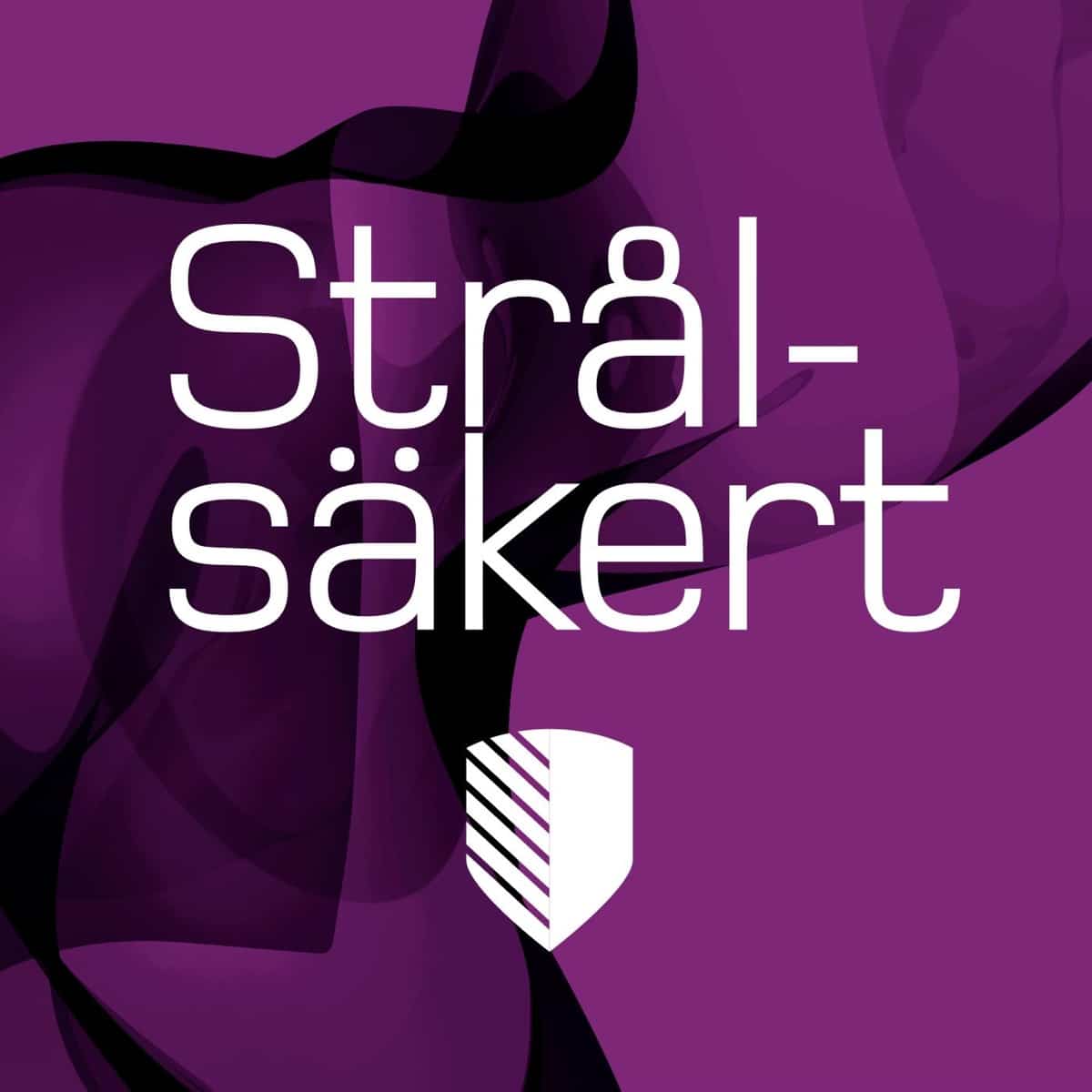APRI research contributed with crucial knowledge during construction of the EPR core catcher. This is stated in an extensive article published by Energiforsk where the first criticality of Olkiluoto 3 is highlighted.
In their latest newsletter Energiforsk published a thorough account of the complete EPR project, from the first agreement between Framatome and Siemens in 1989 until today when Olkiluoto 3 recently became the latest EPR reactor to reach criticality. EPR is a Gen 3+ reactor that builds on earlier German and French reactor designs. Many years of development has resulted in reinforced safety systems, increased independence between systems, functions and plant structures as well as some completely new safety concepts. One of the safety features that has drawn perhaps most attention is the so called core catcher which will manage a core melt in the event of a severe accident. The EPR core catcher is a special device below the reactor vessel that catchers the core melt, transforms it into a low-viscous material and transports it to a special chamber where it is cooled in a controlled way.
In the article, Energiforsk describes that several international research and development programs were started in order to construct the core catcher. Among these programs were COMAS (Corium on Material Surfaces), VULCANO (Versatile UO2 Lab for Corium Analyzes and Observations) and ECOSTAR (Ex-Vessel Core Melt Stabilisation Research). Sweden also participated in this research through experiments at KTH. It is mentioned that as a part of the APRI program KTH launched the POMECO experiments (POrous MEdia COolability) that showed that the coolability of a core melt was enhanced between 50 and 600 percent if the core melt was cooled from the bottom as well as from the top. This turned out to be one of the key principles for the final design of the core catcher where water is added on top of the melt and flows through channels below the melt in the separate chamber used to assure an effective and well-controlled core melt cooling.
It is great to see that research teams funded by APRI can contribute with knowledge on a very advanced level that eventually can be applied on real reactor designs and enhance reactor safety. Read the complete article by Energiforsk here.






